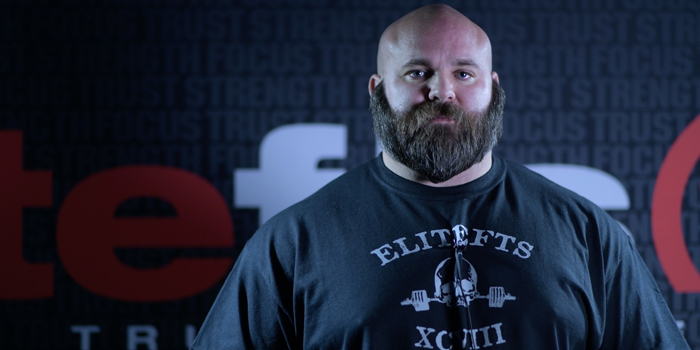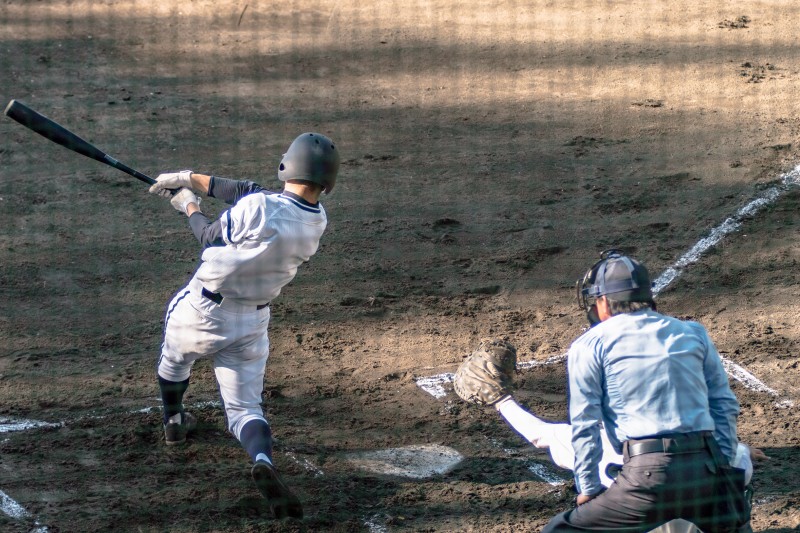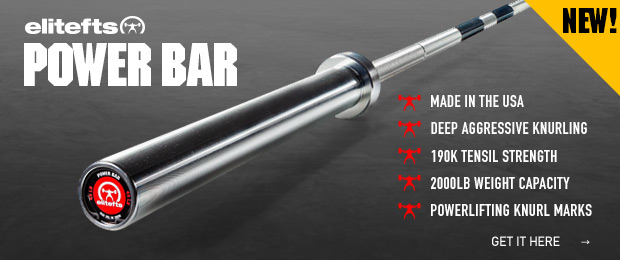
It seems that everyone has an opinion about almost everything, especially in the performance world: strength professionals, sport coaches, athletes, athletic trainers, and even administrators. I typically write about things that have come across my plate, either in the weight room or in conversation. And just like everyone else, I have an opinion as well. I try to base mine off of simplicity, facts, and what I have found to work for more than 25 years of experience. Grip training is one of those subjects that comes across my plate from time to time, so here we go.
I have had both men and women concerned about how to get their grip strength better, but it typically resonates within the male category more than female. In football, baseball, golf, and tennis, it’s been brought up. Sometimes it presents itself by an athlete just simply asking, “Hey coach, how do I get my strength better?” The subject has also presented itself when I see the occasional athlete doing wrist curls with dumbbells or a barbell. I especially like it when I see an individual doing wrist curls behind the back with a barbell. I love those moments. My reaction is a smile and a little shake of the head while I move on. If one of my athletes has completed their entire program and wants to do a little extra at the end, I typically don’t care unless they are trying to perform a major movement (typically an extra bench press). I shut that down right away.
RECENT: Earn Student-Athlete Respect with These Principles
Baseball players will typically tell me they are doing the wrist curls to work on their grip and to help with that little wrist snap at the end within the bat swing. Who knew that the wrist snap shot the ball over the wall? I’m not saying that wrist strength is not important; it is, but that is tied to grip strength. Having a strong grip/wrist strength within baseball as it pertains to swinging the bat and “snapping” the wrist at the end is important. If you have a 92 mile-per-hour fastball coming at you, you want to make sure that all the force you are applying to the ground travels through the body and transfers to the ball. If you have poor core strength, the force your lower body is applying will not transfer well. If you have poor technique, which is not an area I work on, force will not transfer properly to the ball. If you have poor grip/wrist strength when the ball makes contact with the bat, your wrist will do one of two things: it will either absorb the force the ball is applying and act as a cushion, which will not help you with applying force to the ball that is coming from your legs, hips, torso, and arms; or your wrist will not absorb the pitch or act as a shock absorber so that all the force you are applying to the ground will transfer up through the body and out through the bat. It is important to have a strong grip/wrist strength, but truly, everything that goes into a swing makes things much more complicated than just that last “wrist snap.” Long story short: it’s a component, but all the force generated from the legs, hips, and torso means a lot more. You want all the force that you apply to the ground to transfer to the ball.

Image credit: mtaira © 123rf.com
So, how do you get a strong grip/wrist? Trust me, it's not through wrist curls.
1. Don’t let your athletes use straps.
You might think this is rare; it’s not. I used to believe at one point in time that you never want grip strength to limit power or upper body strength development. So, why not use straps? This is when I looked at the body/athlete as something we need to get as strong as possible. “Strength is all that matters!” Over time, my philosophy has changed a bit, and it really depends upon the needs of the individual you are dealing with, their preparation level, etc. I look at everything more holistically today and at the fact that we are training athletes, not lifters, which is something I have already spoken about.
So when you are doing Romanian deadlifts, rows, shrugs, cleans, snatches, etc., don’t use straps. Does that mean never use straps? No. If your training block is centered around overloading a certain movement, and you see grip as a limiting factor within this overload, then use them. If your goal is to gain strength within both, then don’t. I’m not speaking out against using straps. I’m simply talking about gaining grip strength and how to go about it. I do not use them at all. The only time that I do is if I have an injured athlete with say, a limited thumb or finger issue. Then I will utilize it then if it is safe to do so. That really is about the only time.
2. Do heavy rows.
I don’t know what it is about individuals not grabbing heavy-ass weights when they do dumbbell rows. It kills me every day that I see it, and I see it every day. If you want to get a strong grip and back, push the limits of how much you are doing with your dumbbell rows. I tend to see grip strength here being the number one limitation of how much weight an athlete grabs, or anyone for that matter. If that is the limiting factor, then push that weight up to a point where maybe you have to adjust your grip once you are rowing. What I have found is that if an individual can hold it, they can row it.
If you want to add more difficulty, add a fat grip to the dumbbell, or use a landmine and hold on to the end of a barbell sleeve. Increasing the diameter of the grip will definitely send a challenge. I do not recommend this all the time. Hopefully, just like any program, you are focusing on different factors based on the block of training you are in. Putting this specialized movement in occasionally to focus on grip is great.
3. Put your thumb around the bar, not behind it.
In the bench press, this is referred to as a false grip (I use bench as the example because that seems to be all people care about, especially young individuals). I see this all the time when doing fat bar movements where grip is needed to resist gravity, on pull-ups ALL THE TIME. STOP doing this! Your thumb is your grip strength. When grip struggles, your body makes a move to compensate. You will hook your thumb behind, curl your wrist under a bit, and voila, you have an instant grip assist.
RELATED: A Basic Lifting Skill Review: Grip Strength
Pull-ups are where I see this a lot. I have athletes just cranking out pull-ups with their thumb behind the bar. I will yell at them to grab onto the bar, and they will just look so confused. Once I say, “Wrap your thumb around like you are holding onto glass,” shock suddenly sets in: “But that is so much harder, coach.” Yeah, that’s the point. Work on your grip strength. Same thing with landmine rows where they hold the sleeve of the bar to row. I will always make my athletes wrap their thumb around the bar, hard or not. We will always be doing another rowing motion within the week on another day where we don’t use a wider diameter so I don’t have to worry about grip limiting their latissimus strength. Both will be addressed.
4. Don’t use the over/under grip technique.
Let’s put aside how using an over/under grip technique on barbell movements trains one side of the body differently than the other. That’s a whole other article in itself. I make my athletes and clients use a double overhand grip at all times until they literally can’t. Then and only then will I let an over/under grip scenario play out and only on certain movements, such as the deadlift. Also along that line, if they are using the over/under grip, they have to switch their grips every other set (i.e. set one right under, left over; set two right over, left under). For the most part with athletes, this scenario doesn’t play out all that often. My athletes are strong within their full bodies, and that is due to how we train. I do have some who have pretty small hands, and I play those on a case-by-case basis. As a rule of thumb, keep every grip symmetrical as much as you can when training.
In short, use your grip and train it like you train anything else. If your programming is done correctly, then grip should be taken care of without programming isolation movements for your grip (i.e., captains of crush, plate pinches, digging for gold in buckets of rice, etc.). Make your athletes, clients, and yourself use their grip. Program regular movements, such as a dumbbell row, but modify them with fat grips or something similar. If you want a forearm that looks like a bowling pin, then get stronger and use your grip. There is a multitude of movements you can utilize that work multiple body parts. Wrist curls are for the commercial gyms.










